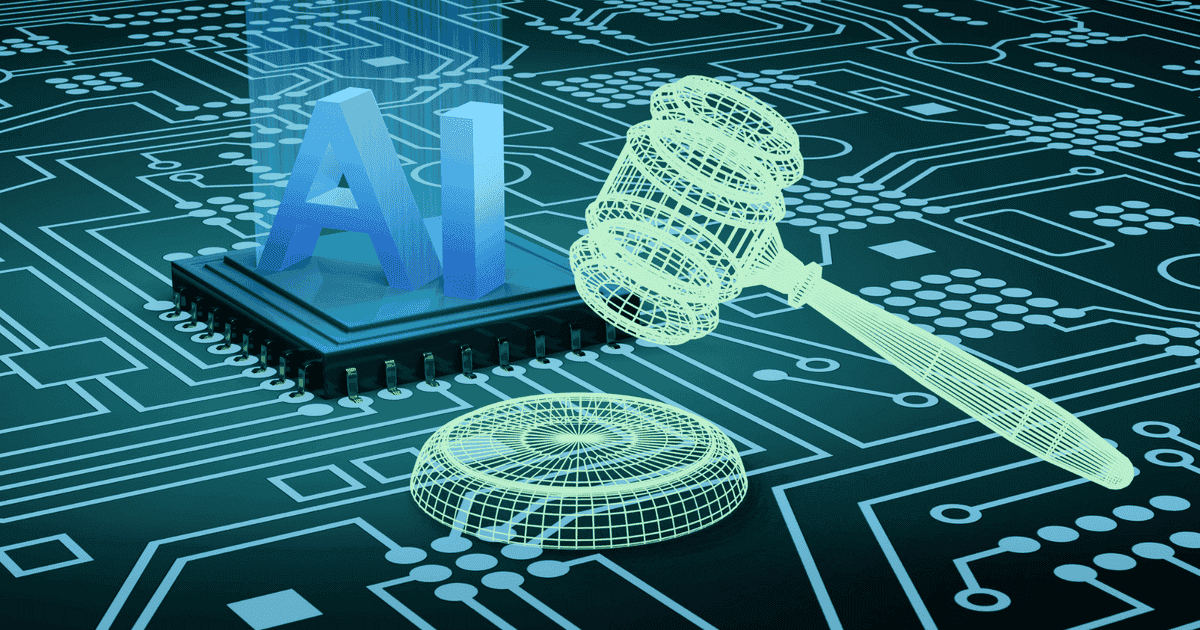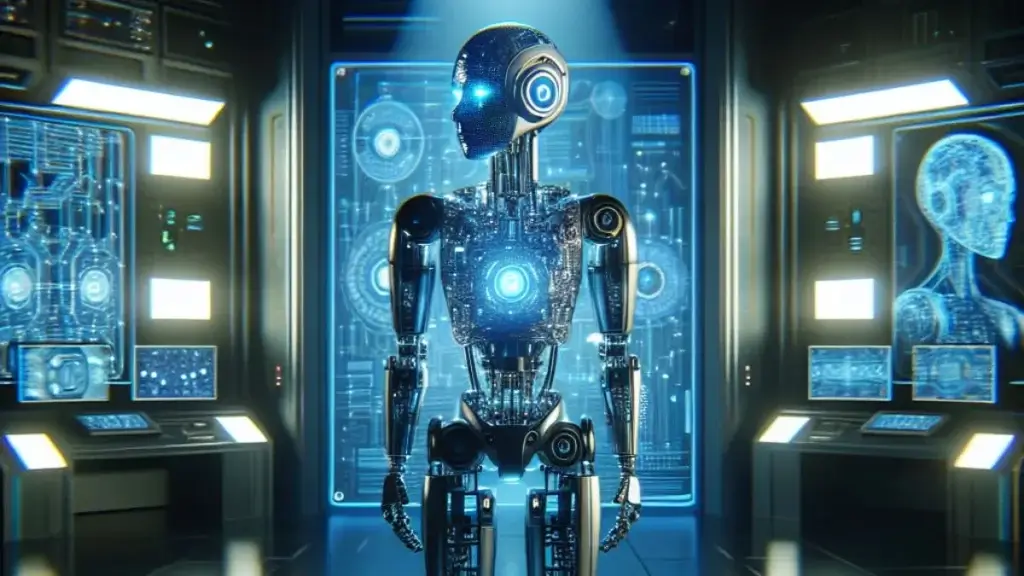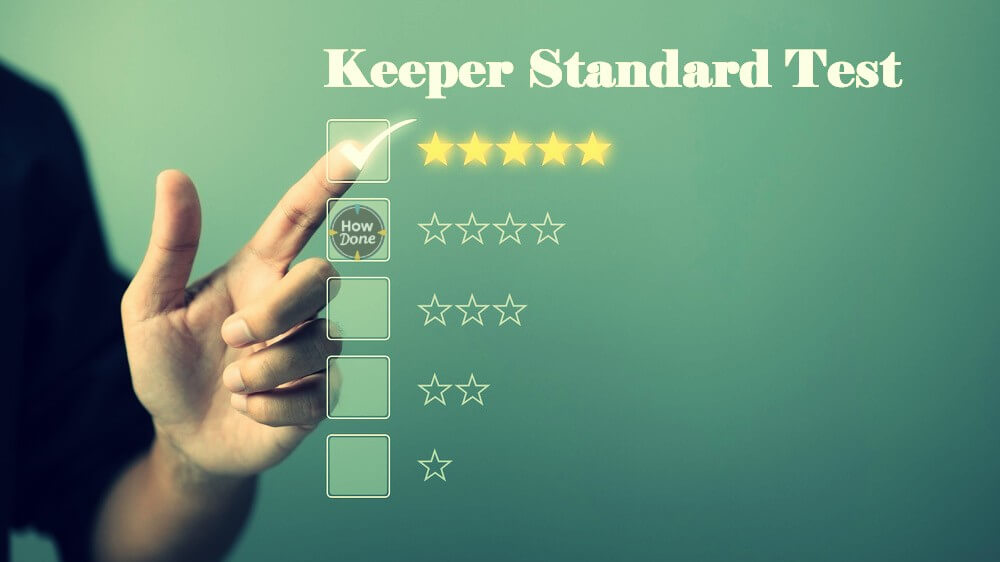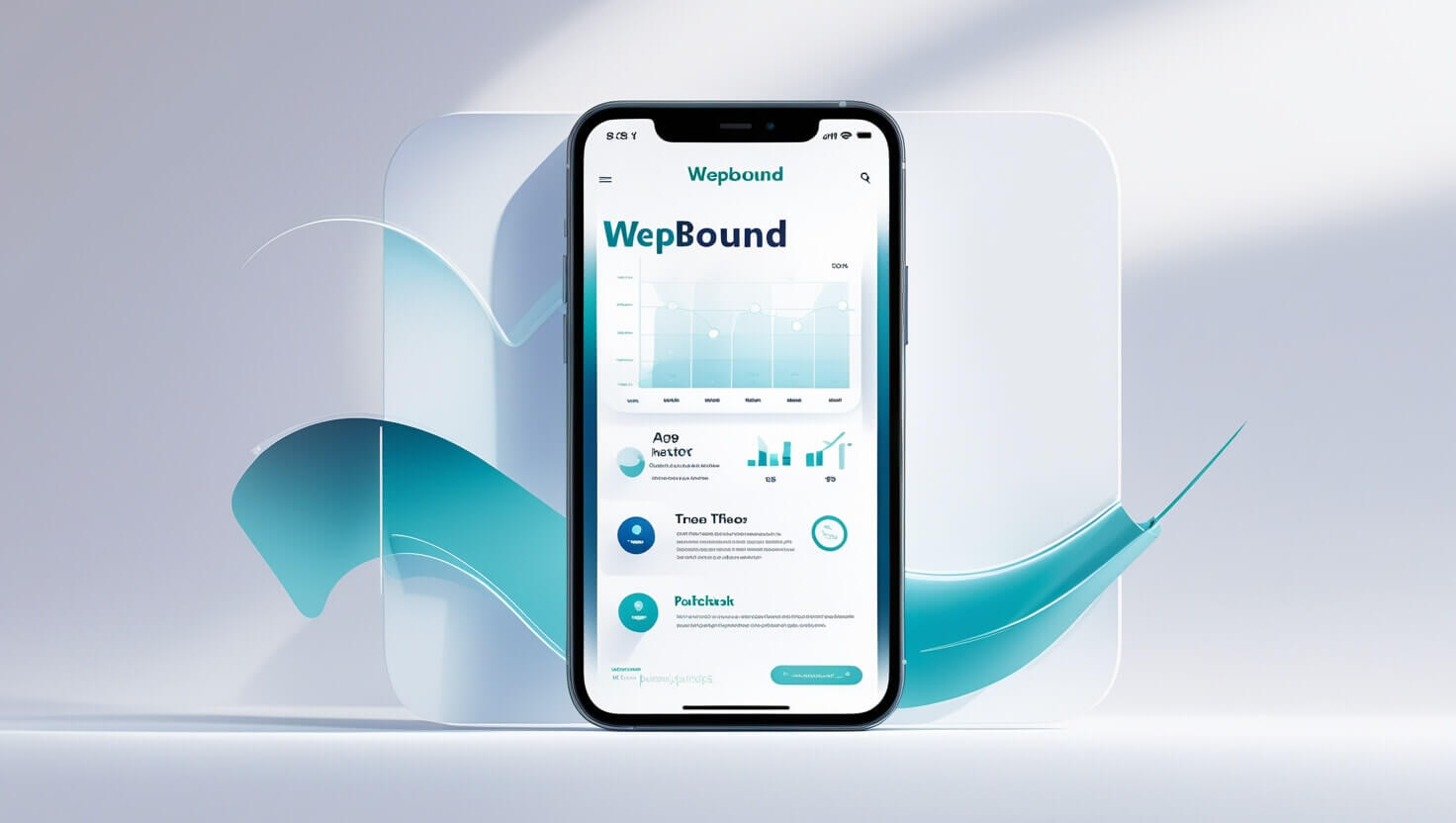Artificial Intelligence (AI) is becoming a big part of daily life. From voice assistants to chatbots, AI is helping in many ways. But with all this growth, there’s also a need for clear rules. That’s where the keeper standards test comes in.
It helps set the right path for AI systems by making sure they follow ethical rules. In simple words, it makes sure AI does the right thing.
Let’s take a look at how the keeper standards test is helping shape the future of AI more safely and fairly.
Why Do We Need Ethical Standards in AI?

AI can do amazing things. It can learn fast, make decisions, and help people save time. But sometimes, it can make mistakes or treat people unfairly. For example, some AI tools have shown bias in job hiring or facial recognition. That’s not okay.
This is why it’s important to have something like the keeper standards test. It checks if an AI system is fair, safe, and honest. Without rules like these, AI can cause harm without meaning to. Ethics keep it in check.
What is the Keeper Standards Test?
The keeper standards test is a method to check how well an AI system follows ethical guidelines. It’s not just about how smart an AI is—it’s about how it behaves.
The test looks at different things:
- Does the AI respect privacy?
- Is it fair to all people?
- Can it explain its choices?
- Is it safe to use?
- Does it avoid causing harm?
If an AI system passes the keeper standards test, that means it’s more likely to work in a way that helps people, not hurt them.
Who Created the Keeper Standards Test?
The idea behind the keeper standards test came from people who care deeply about AI safety. This includes tech experts, social scientists, and people who work with laws and rules. They saw the need for a clear way to check AI systems.
Big companies and governments have started to take this seriously, too. They are using the keeper standards test to make sure the AI they use or allow is trustworthy.
How Does the Test Work?
The test doesn’t have just one version. It can be changed to match different AI uses—like healthcare, banking, or education. But it always checks for a few key things.
- Fairness: Does the AI treat people equally?
- Privacy: Does it keep personal data safe?
- Transparency: Can users understand how it makes decisions?
- Responsibility: Is someone in charge if something goes wrong?
- Safety: Is it tested enough to avoid harmful mistakes?
Each part of the keeper standards test looks at a different area where AI might go wrong. Passing the test means an AI is doing well in all these areas.
Why the Keeper Standards Test Matters More Than Ever

More companies are using AI every day. But that also means more chances for mistakes if the rules are not followed. If someone loses a job because of a biased AI system, that’s serious. If an AI tool leaks private data, that’s dangerous.
The keeper standards test makes sure developers think about these things before the AI goes live. It pushes teams to fix problems early. That way, users can trust the tech they are using.
Real-Life Use Cases of the Keeper Standards Test
In Healthcare
AI tools are being used to help doctors read test results or even suggest treatments. That’s great—but only if the tools are fair and accurate. The keeper standards test checks these tools to make sure they don’t miss key information or treat patients differently based on age, gender, or race.
In Hiring
Companies use AI to sort job applications. But some tools have shown bias, preferring certain groups. The keeper standards test helps check if these tools are being fair and honest. This protects job seekers from unfair rejection.
In Education
AI is used to help teachers track student progress or recommend learning materials. If the tool is not fair, some students might get less help. The keeper standards test checks if the AI treats all students fairly.
How the Test Helps Developers Too
The keeper standards test doesn’t only help users—it helps developers too. When developers follow the test, they can build better products. It also helps them find mistakes early, saving time and money.
Also, when a product passes the keeper standards test, it builds trust. Companies can show that their AI is safe and fair. That’s a big win in a market where trust is everything.
Keeping AI Accountable
One key part of the keeper standards test is accountability. This means someone must take responsibility if something goes wrong. AI can’t be a “black box” where no one knows how it works or who to blame. With the test in place, companies must be open and ready to fix issues.
The Role of Government and Law
Some governments are now making rules based on the keeper standards test. They want to make sure AI used in public services is fair and safe. These laws are still new, but they show how important this test is becoming.
It’s also helping set international rules. Countries are working together to make sure AI doesn’t cause harm anywhere in the world. The keeper standards test is becoming a common tool in this effort.
The Future of AI with Ethical Checks
The use of the keeper standards test is growing. In the future, it may become part of every AI development process. Just like we test cars for safety before they hit the road, we’ll test AI before it’s released.
This doesn’t stop innovation—it makes it better. AI that passes the keeper standards test is more likely to help people and less likely to cause harm.
Why This Test Should Matter to You
Even if you’re not a tech expert, the keeper standards test matters. AI is everywhere—from phones to schools to hospitals. You should know that these tools are being checked for fairness and safety.
If a product says it passed the keeper standards test, you can feel better about using it. You’ll know someone made sure it follows the right rules.
Conclusion
AI is a big part of our lives now, and it’s only going to grow. But it must grow in the right way. That’s what the keeper standards test is for. It checks if AI is fair, safe, and respectful. It helps stop problems before they start.
The keeper standards test is not just for developers or companies. It protects everyone. It makes sure AI helps, not hurts. And that’s something we all need.



